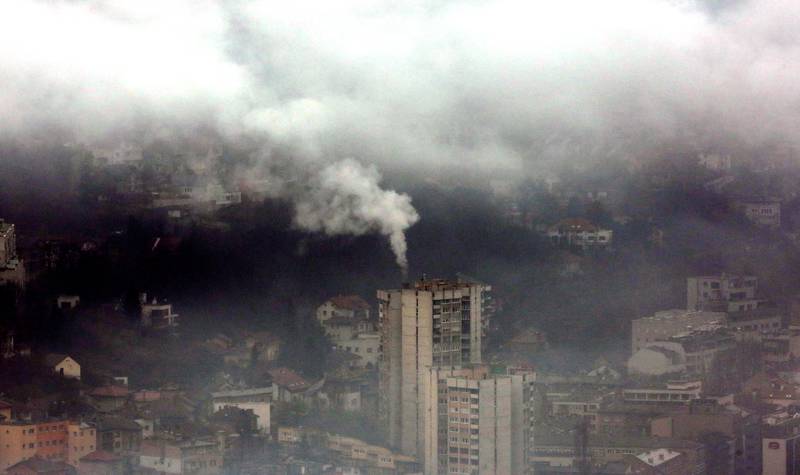Pollution kills nearly 2 million a year in world’s cities

Nearly nine in 10 people living in cities worldwide are exposed to high levels of air pollution that resulted in 1.9 million deaths in 2019, according to a study.
The research, published today in The Lancet Planetary Health, examined deaths, disease and pollution in more than 13,000 global cities and showed that average levels of harmful tiny particles in the air in urban areas were unchanged from 2000, despite significant declines in the Americas, Europe and Africa.
The researchers suggested that more than 600,000 lives could have been saved if authorities had achieved the pollution targets set by the World Health Organisation.
The findings showed the urgent need to improve air quality in cities and to reduce exposure to pollution, particularly for the elderly and children, who are most likely to die from pollution-related diseases, said the study’s authors. More than half of the world’s population live in cities.
The study examined data over 20 years related to just one measure of air pollution, PM2.5, harmful particles that measure less than 2.5 micrometres across. A micrometre is equivalent to one millionth of a metre.
Inhaling the particles is known to increase the risk of premature death from heart and lung diseases and cancer.
The WHO estimates that more than 4 million people in the world die each year from conditions linked to outdoor air pollution, with much of the problem caused by traffic fumes.
The study by researchers from the US and Canada found that 2.5 billion, or 86 per cent, of people living in the world’s cities were exposed to unhealthy levels of pollution above WHO targets.
The average of PM2.5 across all urban areas around the world was 35 micrograms per cubic metre in 2019 — seven times the WHO guideline.
The study’s authors estimated that 61 in every 100,000 deaths in urban areas was attributable to PM2.5 in 2019.
The highest rate, at 86 per 100,000 deaths, was recorded in South-east Asia, while the lowest was in the Americas at 18. The Eastern Mediterranean region — which includes the Middle East and North Africa — was just below the global average at 50.
While pollution fell in some areas of the world, deaths linked to PM2.5 did not, suggesting that an ageing population and underlying health problems were also playing their part.
“The majority of the world’s urban population still live in areas with unhealthy levels of PM2.5,” said the lead author of the study, Veronica Southerland, of George Washington University in the US.
“Avoiding the large public health burden caused by air pollution will require strategies that not only reduce emissions but also improve overall public health to reduce vulnerability.”
A second study in The Lancet found that nearly two million cases of asthma in children are linked to traffic-related air pollution — two thirds of the cases in urban areas.
